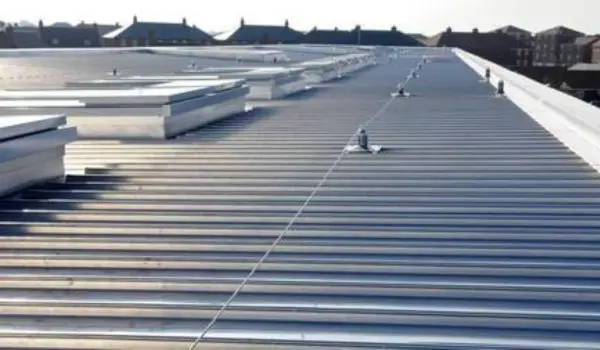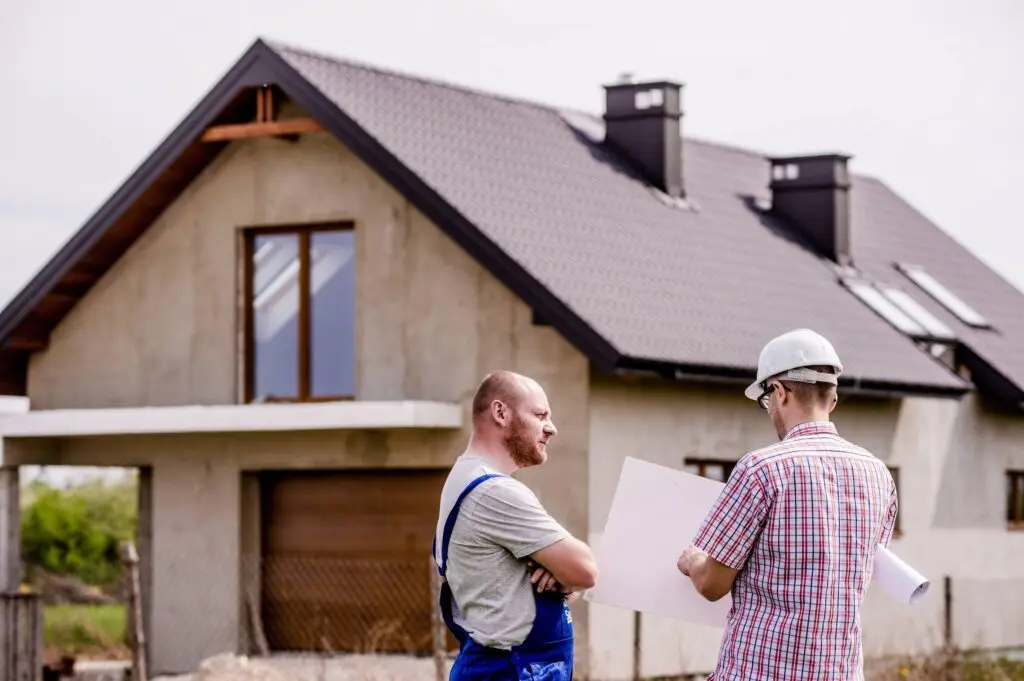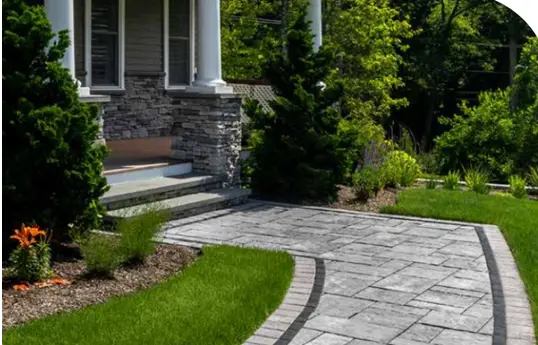The roofing material of a commercial building is one of its most vital components. As a business owner, it is crucial to select materials that complement the building’s architectural style while ensuring comfort, efficiency, and long-lasting durability.
Your commercial roof safeguards people, property, and operations from various environmental and weather-related risks. When selecting a commercial roofing system, consider factors such as climate, building use, and budget. Collaborating closely with experienced contractors and taking a methodical approach is important due to the wide variety of roofing types, materials, installation methods, and contract terms involved.
Commercial roofs come in multiple styles, designed to fit your budget and specific building requirements. Choosing a roof that allows convenient access for routine inspections and maintenance helps extend its lifespan. For expert guidance, be sure to consult a reliable roofing company in San Diego.
If you’re still uncertain about the ideal roofing material for your business facility, acquiring detailed, up-to-date information will help you make an informed decision.

Commercial Roofing
Commercial roofing serves the same essential function as residential roofing—protecting the building and its contents from external elements. However, they differ significantly in material composition and installation techniques to meet the demands of larger structures and commercial use.
Depending on local weather conditions, commercial roofs may be constructed with concrete or asphalt shingles, modified bitumen, tar and gravel, or single-ply membranes like TPO, EPDM, and PVC. These options offer enhanced durability and performance tailored for commercial applications.
Business owners benefit from a wider selection of roofing materials compared to residential properties. To ensure optimal results, always perform thorough due diligence and engage a reputable roofing provider that offers comprehensive services and expertise.
Materials
Experienced contractors stay updated with the latest advancements in commercial roofing technologies and can recommend the best materials tailored to your project’s unique requirements.
Modern commercial roofing materials have evolved to provide superior resistance against temperature fluctuations and improve energy efficiency. These innovations reduce stormwater runoff and lower heating and cooling costs, contributing to greener, more sustainable buildings.
When selecting a roofing material, also consider the type of facility and its functional requirements. If you are planning business expansion and need commercial spaces or buildings, visit https://www.commercialexchange.com/ for more information.
Proper preparation is essential. Educating yourself on the various roofing systems available will empower you to make a well-informed choice that best suits your business needs.

Types
Once the roof slope is determined, you can select a roofing system that best fits your commercial building’s needs. Here are some of the most commonly used commercial roofing systems:
Single-Ply Membranes
Single-ply roofing includes materials such as PVC (Polyvinyl Chloride), EPDM (Ethylene Propylene Diene Monomer), and TPO (Thermoplastic Polyolefin). These membranes are favored for their flexibility and exceptional durability, able to withstand harsh weather conditions without cracking or peeling.
Designed to be installed as a single continuous layer, single-ply membranes are classified as either thermoset or thermoplastic, depending on their chemical makeup and installation method.
Thermoplastic Polyolefin (TPO)
Ideal for low-slope roofs, TPO consists of reinforced, highly reflective sheets with heat-welded seams. It is a single-ply membrane typically made from rubber and polypropylene polymers derived from ethylene and propylene.
TPO membranes come in several colors, including white, gray, and tan. Installation methods include mechanical fastening, adhesive bonding, or ballasting, offering versatility to suit different roofing systems.
Polyvinyl Chloride (PVC)
PVC membranes feature two layers separated by a polyester-reinforced scrim, with UV-resistant chemicals applied to the top layer to protect against sun damage. The bottom layer is often darkened with plasticizers to enhance flexibility and simplify installation.
Benefits of PVC roofing include excellent fire resistance, durability, and the ability to create watertight seals by heat-welding adjoining sheets.
Ethylene Propylene Diene Monomer (EPDM)
Known for its elasticity and strength, EPDM roofing is extremely resistant to UV radiation and constant sunlight exposure. This synthetic rubber, made from natural gas and oil, remains a popular, cost-effective option in commercial roofing.
For a comprehensive overview of EPDM roofing, check out check this out.
Modified Bitumen
Modified bitumen roofing combines asphalt with specialized chemical polymers to deliver flexibility and thermal resistance. It is versatile for use in multiple layers and various installation techniques, performing well in both hot and cold climates throughout the year.
The seams are heat-welded for a strong bond, providing resistance against wind, hail, and fire. Modified bitumen roofs are designed to resist damage during extreme weather events.
Built-Up Roofing (BUR)
Built-up roofing consists of three to five alternating layers of bitumen and reinforcing fabrics, providing exceptional protection against fluctuating temperatures and severe weather conditions.
Metal Roofs
Metal roofing stands out for its strength, aesthetic appeal, and long lifespan. Suitable for both low-slope and steep-slope roofs, metal is often preferred for its enhanced durability and toughness.
Read more: A Comprehensive Guide to Water Damage Restoration: Steps and Processes
Green Roofs
Although not suitable for every setting, green roofs offer numerous benefits when implemented properly. They enhance air quality, provide attractive outdoor spaces for people and wildlife, and reduce energy costs by managing stormwater runoff.
Green roofs can also help avoid integrating complicated and costly drainage infrastructure.
Liquid Applied Roofing
Constructed on-site using resin and polyester reinforcement, liquid applied roofing systems improve waterproofing capabilities. Typically sprayed or rolled on in two coats, this method provides seamless protection against water infiltration.

Roof Shape
Understanding the slope of your roof is critical when choosing the appropriate roofing system. Commercial roofs generally fall into these two categories:
Flat or Low Slope: Predominant in warehouses, big-box retail stores, and many commercial buildings, flat or low-slope roofs often utilize materials like EPDM, TPO, and PVC membranes. Proper insulation and waterproofing are essential for these roofs. For installation and maintenance, ensure you consult proper insulation.
Steep Slope: Less common in commercial structures but increasingly popular for multifamily residences, steep-slope roofs typically use shingles, metal, slate, or tile. These materials offer enhanced drainage and aesthetic appeal for compatible buildings.
For additional information on “Apartment for Rent in Caloocan City: Your Comprehensive Guide,” please visit our “Real Estate” category.
Choosing the right commercial roofing material and design improves not only the building’s protection but also its energy efficiency, sustainability, and overall value. A well-planned roof system significantly reduces maintenance costs and enhances occupant comfort—making it an essential investment for any commercial property owner.



